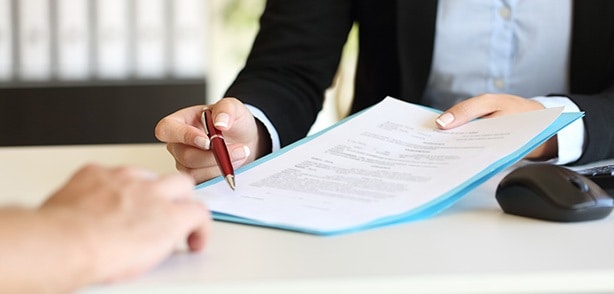March 10, 2021
The Pros and Cons of Economic Injury Disaster Loans
Administered by the Small Business Administration (SBA), EIDL loans can offer some financial relief and keep your business running amidst challenging times. In this post, we'll explain how the EIDL loan works, as well as the most notable pros and cons of this program.

What is an SBA Economic Injury Disaster Loan (EIDL)?
As long as you can prove your small business has suffered substantial economic injury because of the pandemic or another natural disaster, you may apply for an EIDL. While the SBA states you can borrow up to $2 million, the media has reported that most loans are capped to $150,000. Once you get approved and receive the funds, you can use them toward payroll, rent, and other working capital expenses. In the event you received the Paycheck Protection Program (PPP) loan, you can’t use the EIDL to pay for the same expenses. You’ll be able to pay back your loan at an interest rate of 3.75% and a loan term that ranges from 15 to 30 years.The Pros of Economic Injury Disaster Loans:
Just like most financing products, EIDLs come with a number of advantages including:- Large Loan Amounts
- Low Interest Rates
- Longer Repayment Terms
- No Fees
- Not Limited to Small Businesses
- Can Pay for Working Capital

The Cons of Economic Injury Disaster Loans:
The most noteworthy drawbacks of EIDLs are as follows:- Lengthy Application Process
- Credit Check
- Potential Collateral Necessary
- Usage Requirements
- Bookkeeping Requirements
- Funding Takes Time
- Not Forgivable
How to Apply for the EIDL Program
If you believe you’re a good candidate for the economic injury disaster loan program, there are three ways you may apply. Here are the details:- Online: To apply for an EIDL loan online, you can visit the SBA’s website to complete the application.
- Mail: To apply via mail, you can print out the application and send it to: 14925 Kingsport Rd. Ft. Worth, TX 76155-2243.
- In-Person: If you prefer the traditional route of an in-person application, go to a local Disaster Recovery Center so an SBA loan rep can help you out.